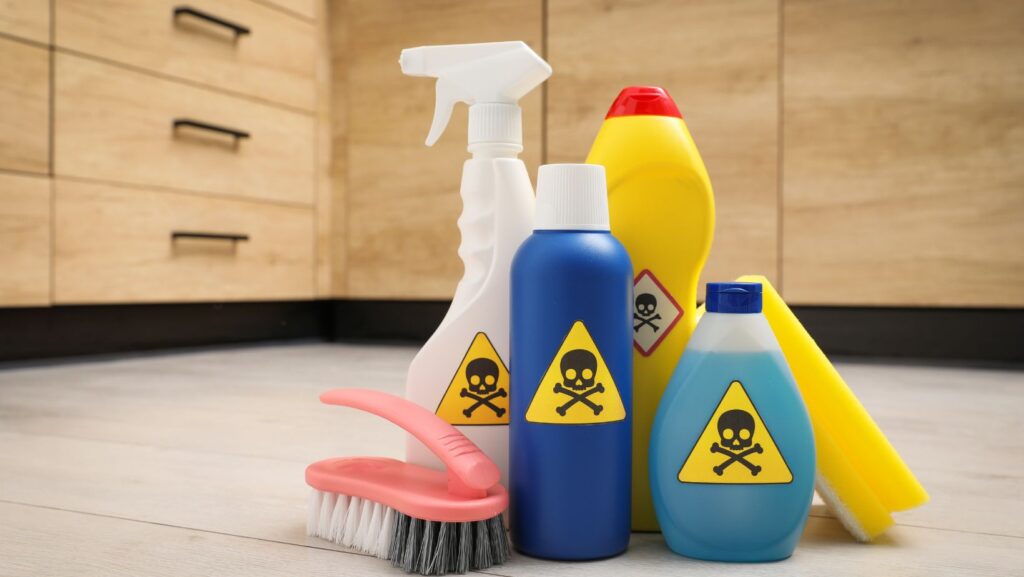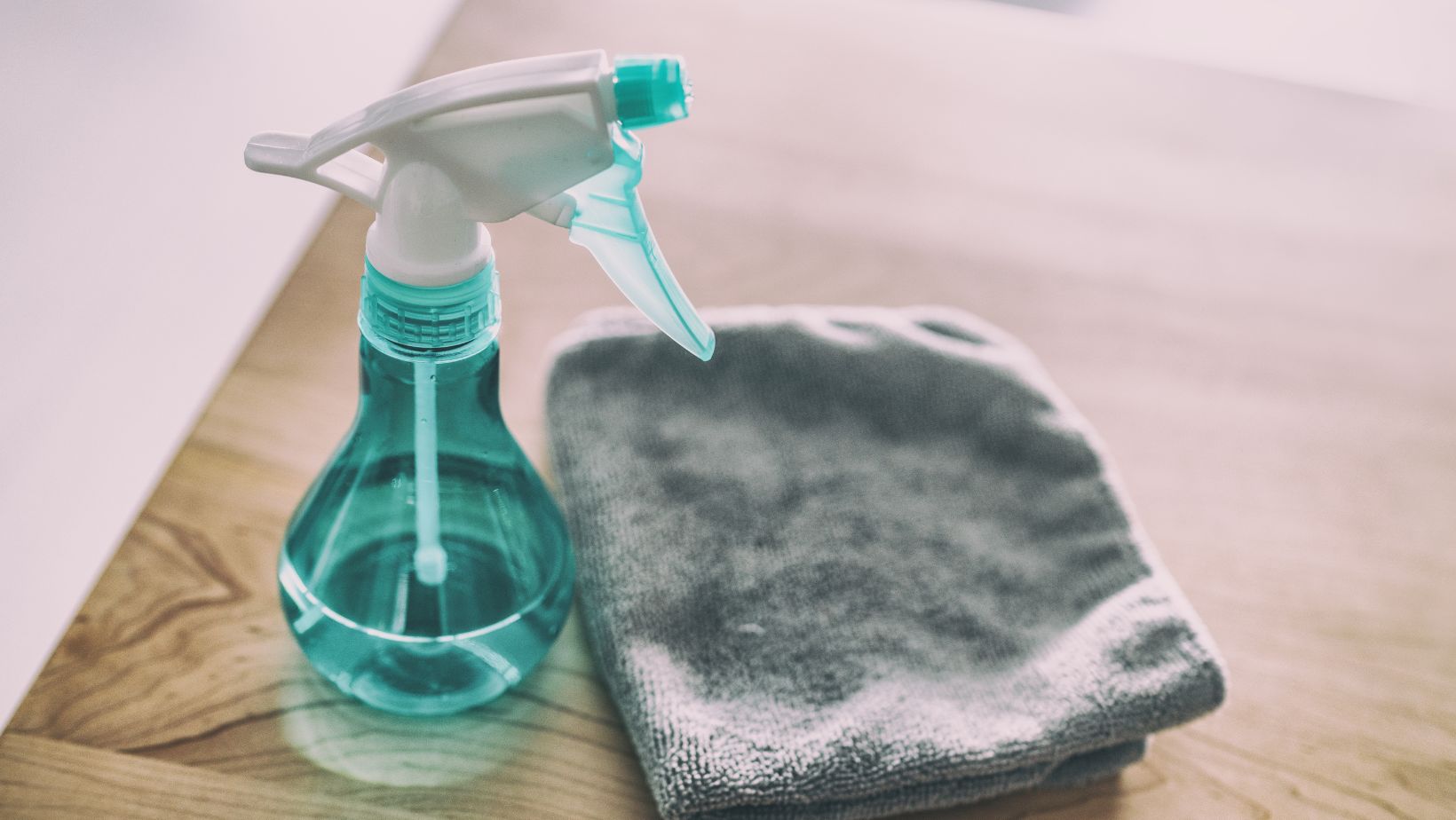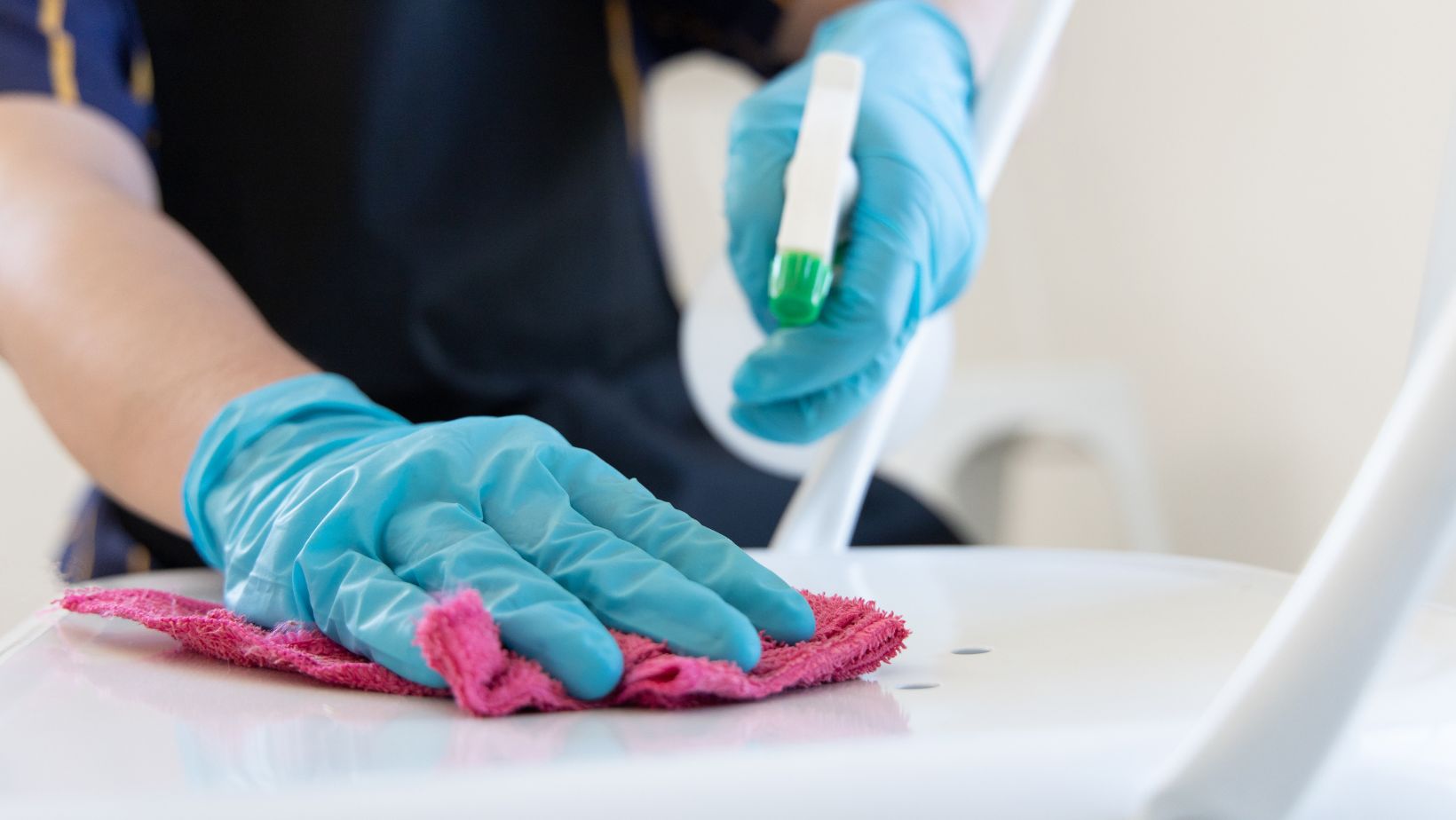
Household cleaning sprays are widely used to disinfect surfaces and remove dirt, but many contain harmful chemicals that pose serious risks to lung health. Frequent exposure to aerosolized cleaning agents can irritate the respiratory system, triggering asthma attacks, chronic bronchitis, and other long-term lung conditions. Without proper ventilation and protective measures, these chemicals can enter the lungs, leading to inflammation and lasting damage.
Many cleaning sprays release volatile organic compounds (VOCs) and other toxic particles into the air, making them hazardous to inhale. Strong disinfectants, degreasers, and air fresheners often contain ammonia, chlorine, and synthetic fragrances, all of which can contribute to respiratory distress. Understanding the hidden dangers of these products and adopting safer alternatives can help prevent lung complications and promote healthier indoor environments.
Harmful Chemicals Found in Household Cleaning Sprays
Many household cleaning sprays contain chemicals that are harmful when inhaled, even in small amounts. Ammonia and chlorine, commonly found in disinfectants and bathroom cleaners, release toxic fumes that can irritate the airways and cause difficulty breathing. Prolonged exposure to these chemicals has been linked to an increased risk of developing chronic lung conditions.
Other harmful ingredients, such as phthalates and synthetic fragrances, contribute to indoor air pollution. These chemicals can trigger allergic reactions and worsen respiratory conditions like asthma. Choosing fragrance-free and non-toxic cleaning products can significantly reduce exposure to these harmful substances and create a safer home environment.
How Cleaning Sprays Affect Lung Function Over Time
Regular use of cleaning sprays can lead to gradual lung damage, even for individuals without preexisting respiratory conditions. The tiny particles released into the air during spraying can reach deep into the lungs, causing inflammation and reducing overall lung capacity. Long-term exposure may result in persistent coughing, shortness of breath, and increased susceptibility to respiratory infections.
Those who frequently use cleaning products, such as housekeepers and janitors, face a heightened risk of developing lung diseases. Studies have shown that repeated exposure to harsh cleaning agents can cause irreversible scarring in the lung tissue, making breathing more difficult over time. Wearing masks and improving indoor ventilation can help minimize these risks.
The Link Between Cleaning Products and Asthma
Many cleaning sprays contain irritants that can trigger asthma symptoms or contribute to the development of the condition. People with asthma may experience wheezing, coughing, and chest tightness after inhaling strong chemical fumes. Even those without a history of asthma can develop respiratory sensitivity after prolonged exposure to cleaning chemicals.

Switching to natural cleaning solutions, such as vinegar and baking soda, can help reduce asthma flare-ups caused by toxic fumes. Keeping windows open while cleaning and using air purifiers can also improve air quality and lower the concentration of harmful airborne particles.
The Dangers of Mixing Cleaning Chemicals
Combining different cleaning sprays can produce dangerous chemical reactions that release toxic gases. Mixing ammonia with bleach creates chloramine vapors, which can cause immediate lung irritation and breathing difficulties. In severe cases, exposure to these fumes can lead to chemical burns in the respiratory tract and require emergency medical treatment.
To avoid dangerous reactions, always read product labels and follow safety instructions. Using one cleaning product at a time and ensuring proper ventilation during use can prevent accidental exposure to toxic fumes. Recognizing the dangers of chemical mixtures helps protect both lung health and overall safety.
How Poor Ventilation Increases the Risk of Lung Damage
Using cleaning sprays in enclosed spaces increases the likelihood of inhaling harmful chemicals. Bathrooms, kitchens, and small laundry rooms often have limited airflow, allowing fumes to accumulate and linger in the air. Without proper ventilation, airborne irritants can remain in the home for hours after cleaning.
Opening windows, using exhaust fans, and opting for pump sprays instead of aerosols can help reduce indoor air pollution. Choosing non-toxic, plant-based cleaning products also minimizes the risk of inhaling harmful fumes. Simple adjustments to cleaning habits can make a significant difference in preserving lung health.
The Impact of Long-Term Exposure to Cleaning Sprays
Repeated exposure to cleaning sprays can contribute to chronic respiratory illnesses. Studies have linked frequent use of these products to an increased risk of chronic obstructive pulmonary disease (COPD), a condition that causes progressive lung function decline. Those exposed to cleaning chemicals over several years may develop persistent shortness of breath, chronic coughing, and reduced lung elasticity. In some cases, workers who regularly handle these chemicals without proper protection may face long-term health consequences that significantly impact their quality of life.
Preventing long-term damage requires limiting exposure to harsh chemicals and using protective equipment when cleaning. Switching to safer products and incorporating natural alternatives can help maintain lung function and prevent irreversible respiratory issues. When severe lung damage occurs due to exposure to toxic cleaning products in workplaces or rental properties, seeking legal guidance from Hill Law Firm personal injury attorneys can help victims pursue compensation for medical costs, lost wages, and ongoing care. Recognizing the risks of chemical exposure allows individuals to make informed choices about their cleaning routines and workplace safety.
Recognizing Symptoms of Chemical-Related Lung Damage
Exposure to cleaning sprays and other chemicals can lead to lung irritation, which may worsen over time if not addressed. Identifying these symptoms early can help prevent serious respiratory complications.

Below are common signs that chemical exposure may be affecting lung function:
- Persistent coughing – A continuous cough that doesn’t go away may indicate lung irritation.
- Chest pain – Discomfort or tightness in the chest can be a sign of chemical-related inflammation.
- Wheezing – A whistling sound when breathing may suggest airway constriction.
- Difficulty breathing – Shortness of breath or labored breathing can signal lung damage.
- Burning sensation in the throat – Chemicals can cause irritation and discomfort in the respiratory tract.
- Increased sensitivity to airborne pollutants – Greater reactions to dust, smoke, or strong odors may indicate weakened lung function.
Safer Alternatives for Protecting Lung Health
Reducing the risk of lung damage starts with choosing safer cleaning alternatives. Many eco-friendly cleaning products are free of harsh chemicals and provide effective results without exposing users to toxic fumes. Simple household ingredients like vinegar, baking soda, and hydrogen peroxide can serve as powerful cleaning agents without compromising air quality.
Investing in high-quality ventilation systems and air purifiers further enhances indoor air safety. Using protective gear, such as gloves and masks, can provide an extra layer of protection when handling cleaning products. Prioritizing lung health while maintaining a clean home creates a safer environment for both individuals and families.



